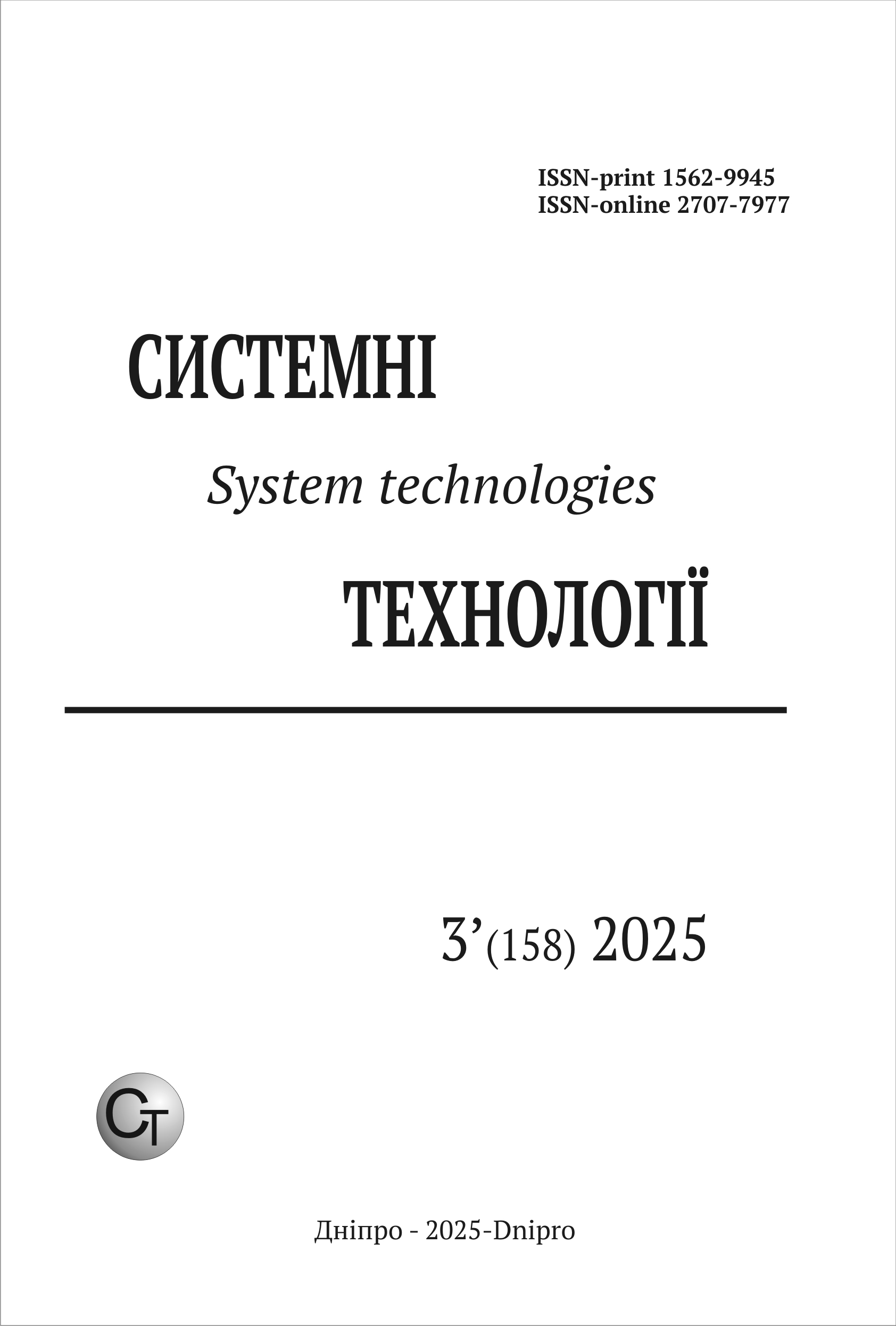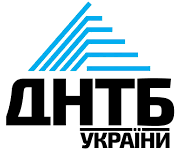Features of microservices placement of learning management systems in hybrid clouds
DOI:
https://doi.org/10.34185/1562-9945-3-158-2025-16Keywords:
microservice, cloud, server, containerization, learning management system, distributed cloud computing.Abstract
The article focuses on various approaches and methods for deploying microservices in the cloud, as well as the specifics of their application for hosting microservices in a hybrid cloud environment for learning management systems. The relevance of the study consists in the problem that migrating high-load learning management systems (LMS) with numerous integration links to other services to the cloud is a complex task that is difficult to be solved using existing methods. LMS’es such as Moodle, Canvas LMS, Forma LMS, and others are often used to organize the educational process in Ukrainian educational institutions. One of the most popular LMS in Ukraine is Moodle, which is used by many higher education institu-tions and other educational establishments. Many LMS have extensive integration with other resources of the educational institution, such as library resources, software development tools, or even proctoring systems. The overall server information system of educational insti-tutions can be distributed across different servers or clouds and proper solutions for this pro-cess should be found. The aim of study is developing a solution for organizing data flows in the process of deploying microservices using various methods including the features of educa-tional information systems. Using the structural analysis method, a data flow solution for the automated deployment of microservices in learning management systems within a hybrid cloud environment created. Also various methods for deploying microservices in the cloud were examined, both practical and scientific, comparing their positive and negative effects. Key metrics for assessing network availability for microservice deployment have been identi-fied. The proposed data flow solution for the automated deployment of microservices in a hy-brid cloud provides ways to improve microservice distribution methods giving users sufficient control over the process including features of learning management systems.
References
Bisikalo, O. V., Palamarchuk, Y. A., & Kovalenko, O. O. (2017). Results of the implemen-tation of the pilot project of the management system for learning and coordination of educa-tional, methodological, and scientific activities "JetIQ". In Proceedings of the 9th Scientific and Practical Conference, Lviv, November 21-23, 2017 (pp. 73-77). Lviv: Publishing House of the Shevchenko Scientific Society.
Comer, D. (2021). The Cloud Computing Book: The Future of Computing Explained. Chapman and Hall/CRC.
Palamarchuk, Y.A. (2022). Methods of building microservice architecture of e-learning systems. Information Technologies and Computer Engineering, (1), 43-54.
Chawla, H., & Kathuria, H. (2019). Building microservices applications on Microsoft az-ure: designing, Developing, Deploying, and Monitoring. Apress.
Малініч І., & Паламарчук, Є. (2017). Способи отримання доступу до метаданих ста-тей через API-інтерфейси пакету програмного забезпечення DSpace. In Proceedings of the XLVI Scientific and Technical Conference of VNTU Departments, Vinnytsia, March 22-24, 2017.
Денесяк, О. І., & Паламарчук, Є. А. (2021). Комплексна система прокторингу у ін-формаційних технологіях аналізу контексту в системах оцінювання знань. Вісник ВПІ, (6), 93-99.
Hu, Y., de Laat, C., & Zhao, Z. (2019). Optimizing service placement for microservice ar-chitecture in clouds. Applied Sciences, 9(21), 4663. https://doi.org/10.3390/app9214663
Magda, D. (2022). Run Java microservices across multiple cloud regions with Spring Cloud. DZone. Retrieved from https://dzone.com/articles/run-java-microservices-across-multiple-cloud-regio
Garapati, S. E., Giral, E., & Antonijević, S. (2022). Rethinking Monitoring for Cloud Envi-ronments: BMC Software AIOps Case Study. In European Conference on Service-Oriented and Cloud Computing (pp. 109-115). Cham: Springer Nature Switzerland.
Chen, X., Tang, S., Lu, Z., Wu, J., Duan, Y., Huang, S. C., & Tang, Q. (2019). iDiSC: A new approach to IoT-data-intensive service components deployment in edge-cloud-hybrid systems. IEEE Access, 7, 59172–59184.
https://ieeexplore.ieee.org/stamp/stamp.jsp?arnumber=8706879
Petrakis, E. G., Skevakis, V., Eliades, P., Aznavouridis, A., & Tsakos, K. (2023). ModSoft-HP: Fuzzy Microservices Placement in Kubernetes. Electronics, 13(1), 65.
Guerrero, C., Lera, I., & Juiz, C. (2019). A lightweight decentralized service placement policy for performance optimization in fog computing. Journal of Ambient Intelligence and Humanized Computing, 10, 2435–2452. https://doi.org/10.1007/s12652-018-10068-5
Selimi, M., Cerdà-Alabern, L., Freitag, F., Veiga, L., Sathiaseelan, A., & Crowcroft, J. (2019). A lightweight service placement approach for community network micro-clouds. Journal of Grid Computing, 17, 169–189. https://doi.org/10.1007/s10723-018-09427-2
Wang, M., Meng, X., & Zhang, L. (2011). Consolidating virtual machines with dynamic bandwidth demand in data centers. INFOCOM 2011, 71–75.
Meng, X., Pappas, V., & Zhang, L. (2010). Improving the scalability of data center net-works with traffic-aware virtual machine placement. In Proceedings of the 2010 IEEE INFOCOM (pp. 1–9). San Diego, CA, USA.
Alicherry, M., & Lakshman, T. (2012). Network-aware resource allocation in distributed clouds. In Proceedings of the 2012 IEEE INFOCOM (pp. 963–971). Orlando, FL, USA.
Leitner, P., Cito, J., & Stöckli, E. (2016). Modelling and managing deployment costs of microservice-based cloud applications. In Proceedings of the 9th International Conference on Utility and Cloud Computing (pp. 165–174). ACM. Shanghai, China.
Yusoh, Z. I. M., & Tang, M. (2010). A penalty-based genetic algorithm for the composite SaaS placement problem in the cloud. In Proceedings of the IEEE Congress on Evolutionary Computation (pp. 1–8). Barcelona, Spain.
Rogers, O. (2022). Cloud SLAs punish, not compensate. Uptime Institute. Retrieved from https://journal.uptimeinstitute.com/cloud-slas-punish-not-compensate/
Pressman, R. S. (1982). Software Engineering – A Practitioner's Approach (4 ed.). McGraw-Hill. ISBN 0-07-052182-4.
Tulka, T. (2020). How cohesion and coupling correlate. Retrieved from https://blog.ttulka.com/how-cohesion-and-coupling-correlate/
Ivanchuk, Y. V., Horobets, Y. V., & Koval, K. O. (2022). Method for increasing the de-gree of protection in message encryption based on a time-constant algorithm. System Tech-nologies: Regional Interuniversity Collection of Scientific Papers, 2(139), 3–13. https://doi.org/10.34185/1562-9945-2-139-2022-01
Downloads
Published
Issue
Section
License
Copyright (c) 2025 System technologies

This work is licensed under a Creative Commons Attribution 4.0 International License.















